Kevin Bubriski
Nepal 1975 - 2011

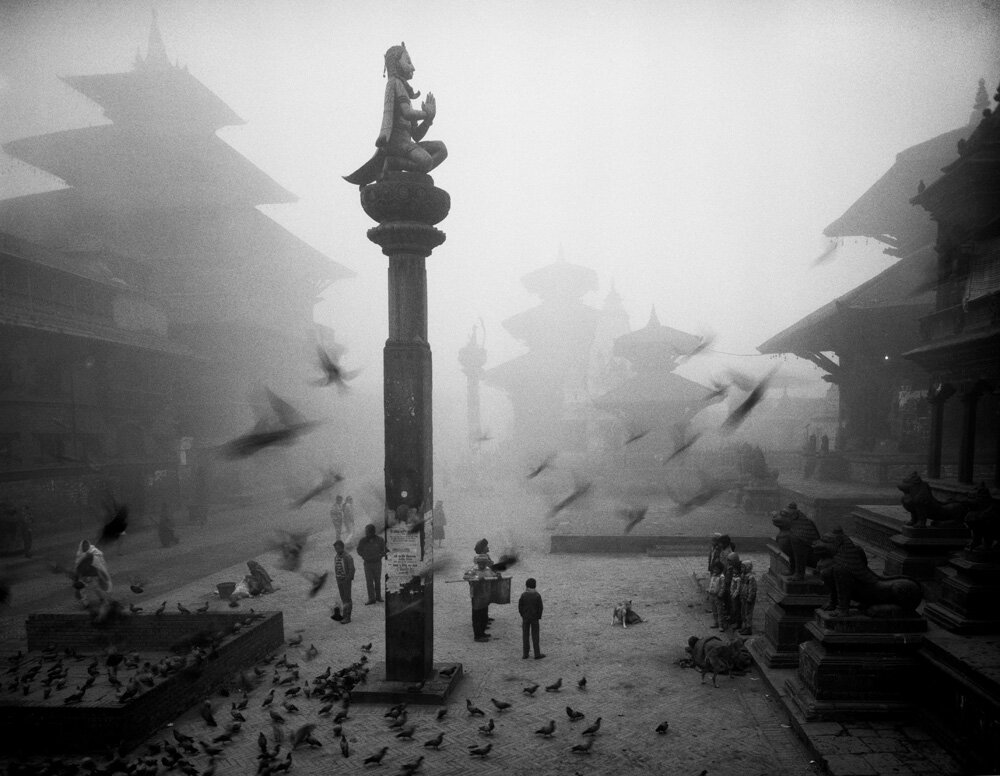
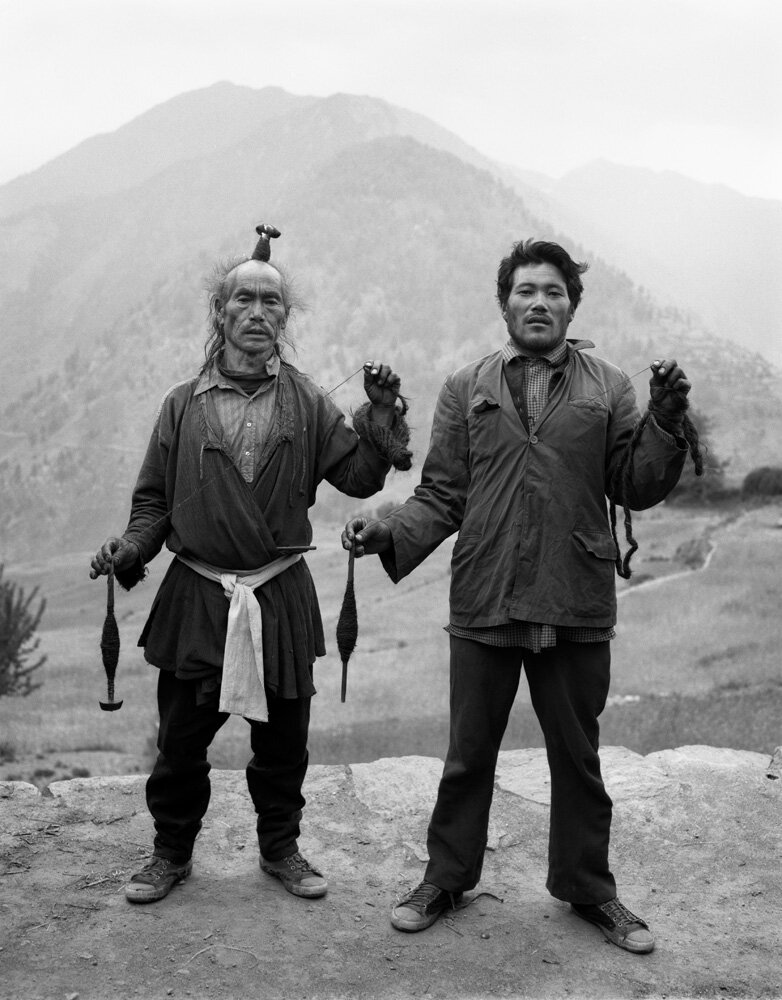
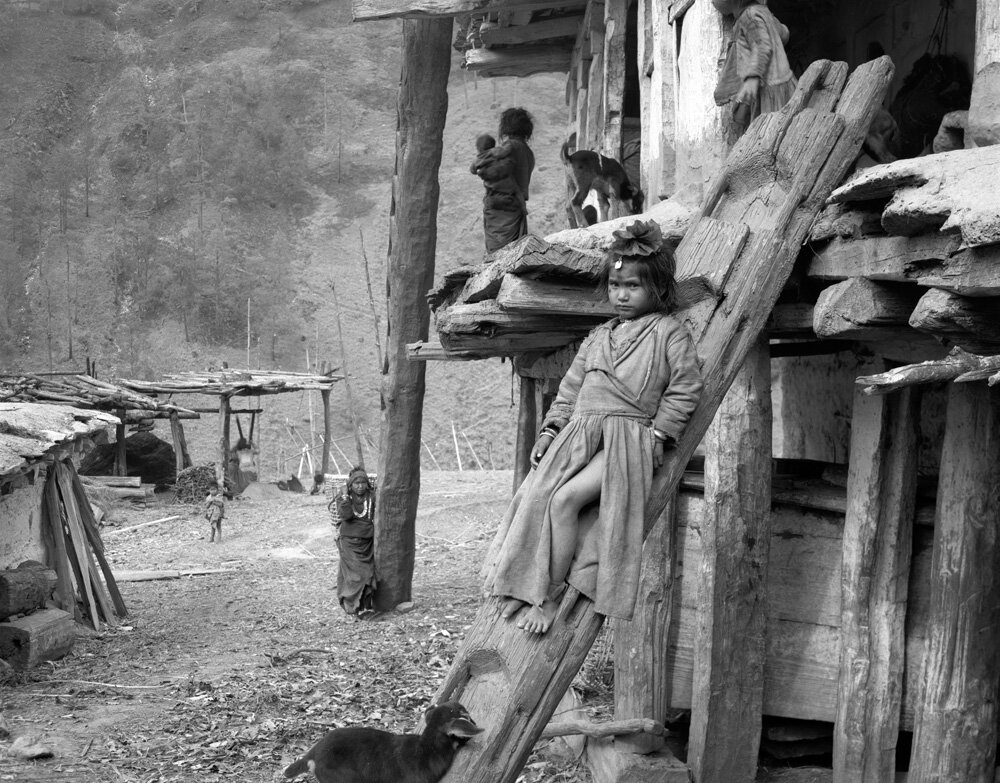
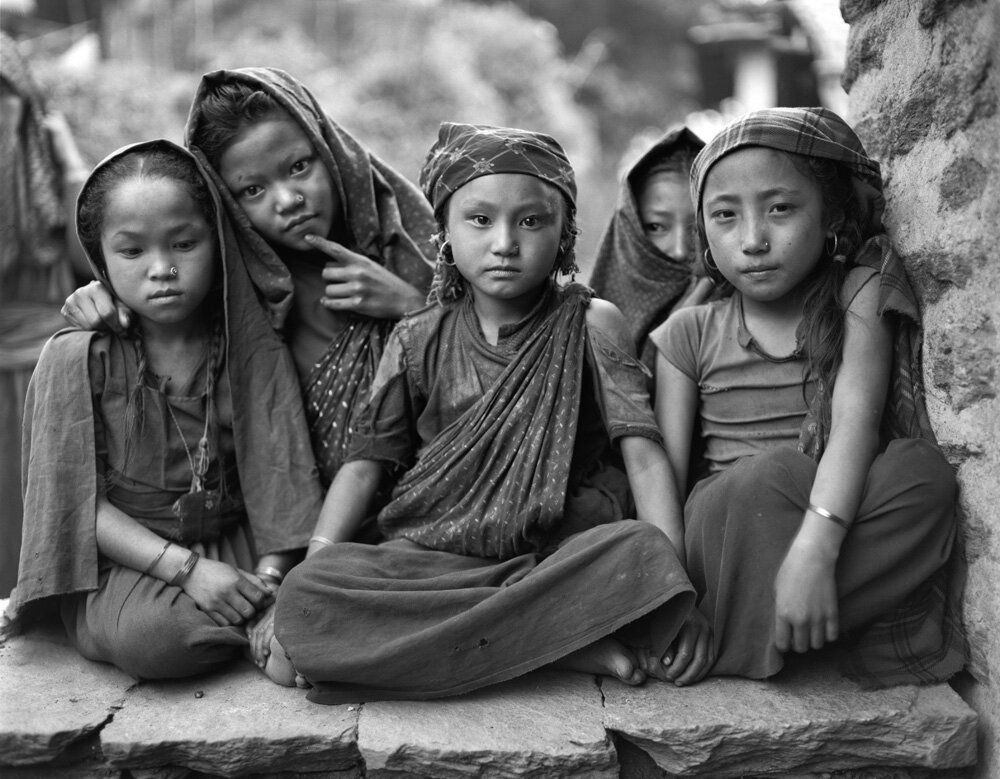
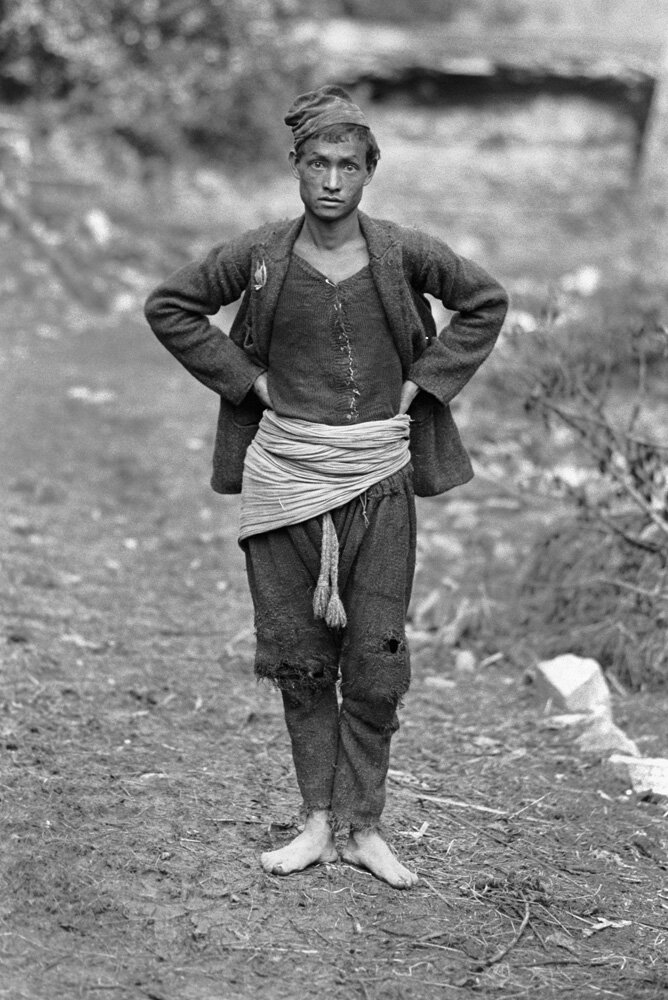
Kevin Bubriski has been visually documenting the country and people of Nepal since his first visit in 1975. As a young volunteer in the Peace Corps, Bubriski was originally sent to the country’s most remote and economically depressed region, Karnali Zone. The next three years, he walked the Karnali, planning and overseeing the construction of gravity flow drinking water pipelines. During this time, he began the journey of photographing the local villagers, this obsession would last for nearly four decades.
Bubriski has maintained his close association with Nepal and its people. As visual anthropology and culture history, this remarkable body of photographic work documents Nepal’s evolution from a traditional Himalayan kingdom to a rapidly changing, globalized society. Nepal 1975 - 2011 also offers an incisive and comprehensive look at the aesthetic evolution of an important contemporary photographer. Accompanying the exhibit is his newest monograph, Nepal 1975 - 2011.
Transition and impermanence are part of our personal lives and the world around us. My hope through my photographs is to raise curiosity about the complexity and diversity of our world. I firmly believe in the power of documentary photography to create bridges of understanding between people and places. -Bubriski
Kevin Bubriski has exhibited worldwide; his work is in the permanent collections of the Museum of Modern Art, The Metropolitan Museum of Art, and the International Center of Photography, the San Francisco Museum of Modern Art, the Yale University Art Gallery, the Center for Creative Photography, Tucson, Boston Museum of Fine Arts, the Carpenter Center for Visual Arts, International Polaroid Collection, The Bibliotheque Nationale, Paris, and many others. His book, Pilgrimage, remains one of the most powerful documents of our response to 9/11.
Kimberly Witham
Of Ripeness and Rot
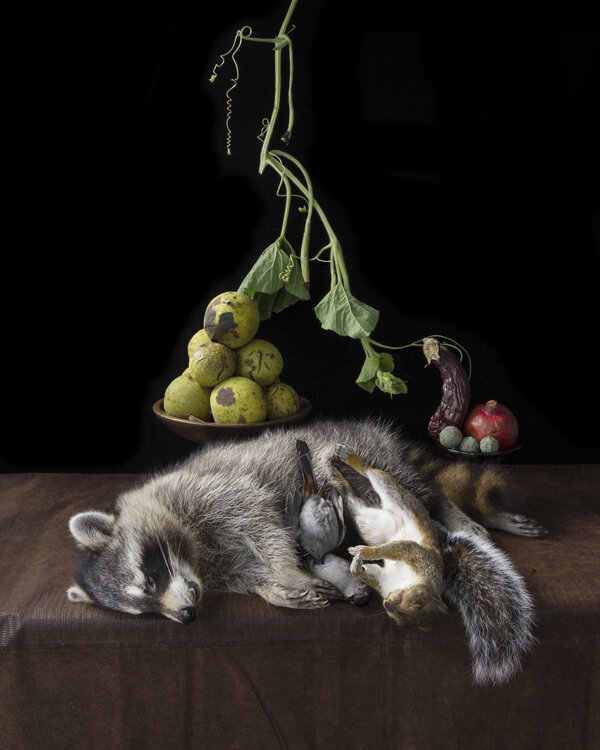
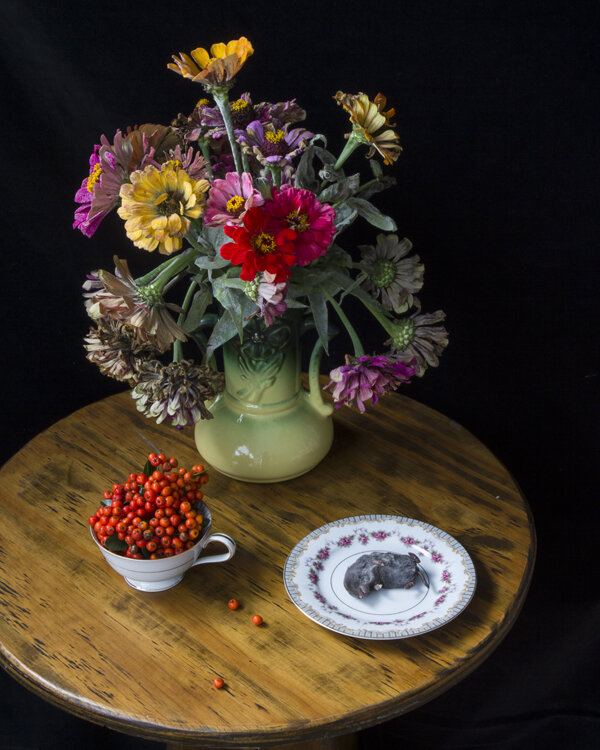
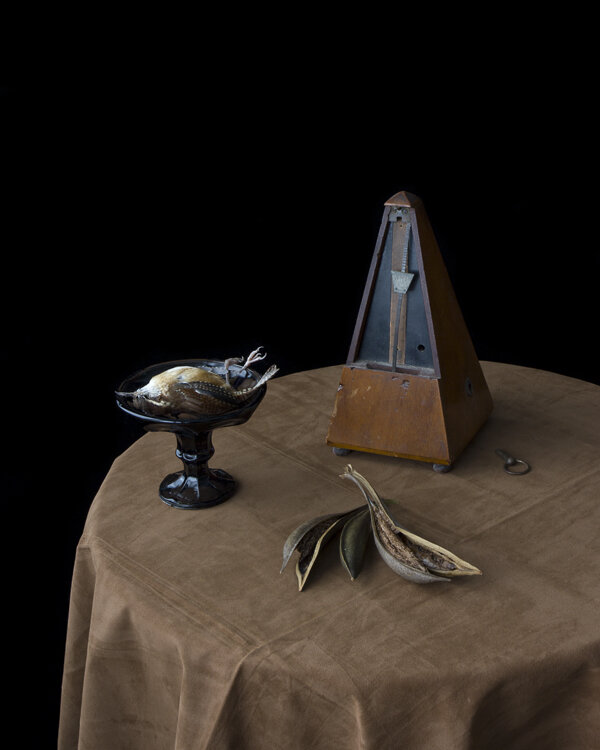
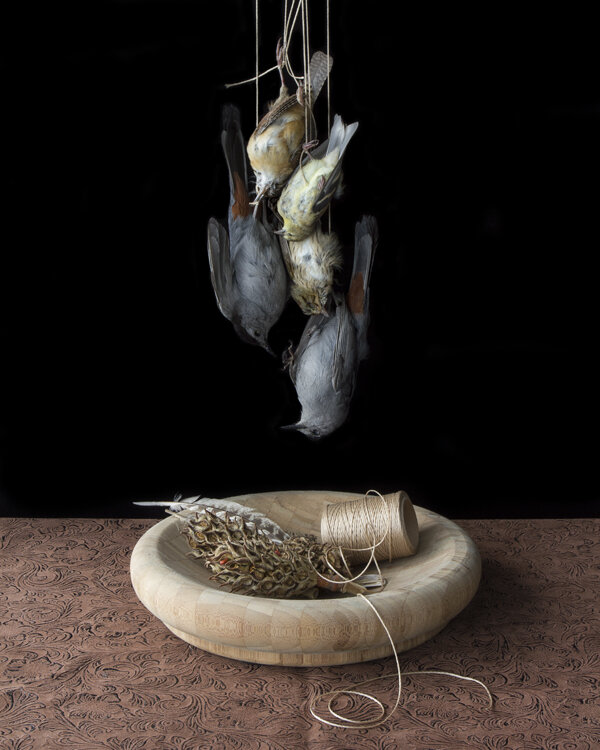
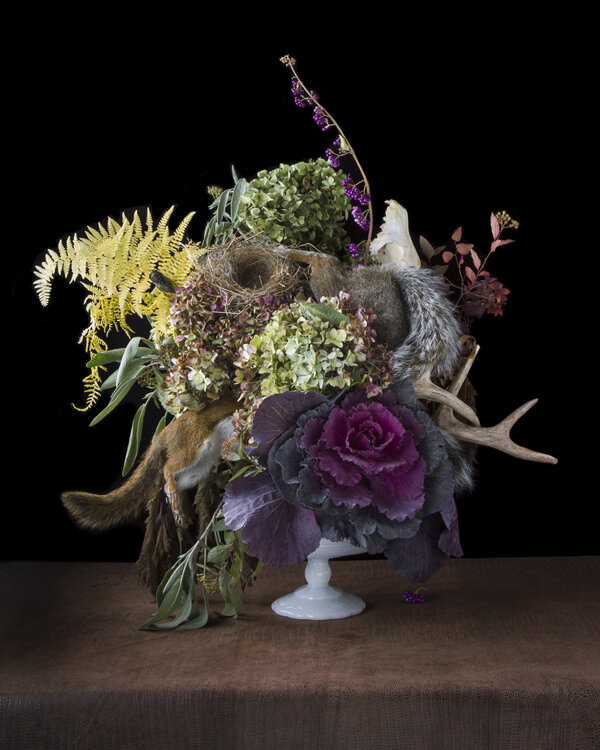
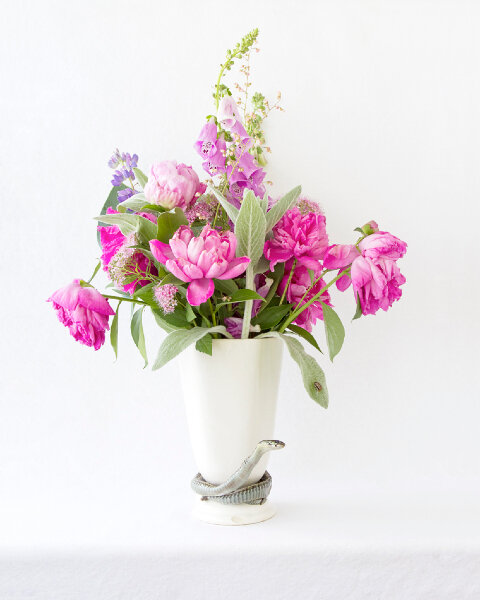
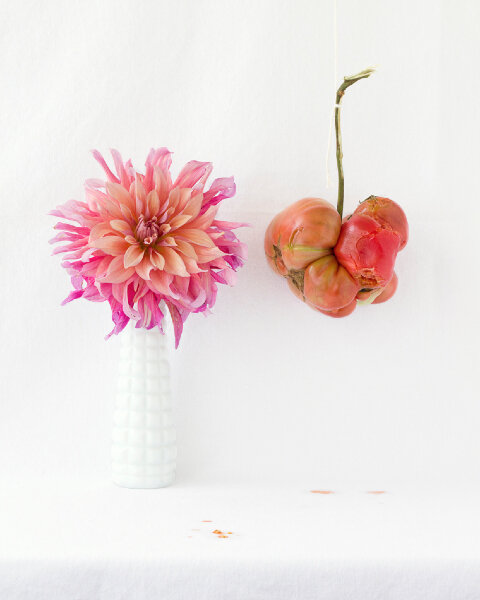
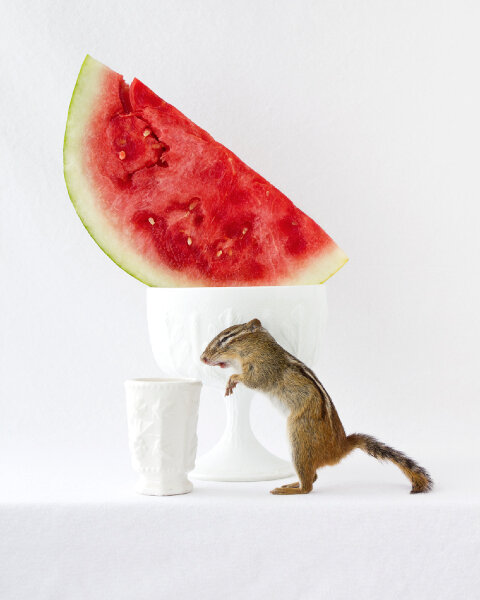
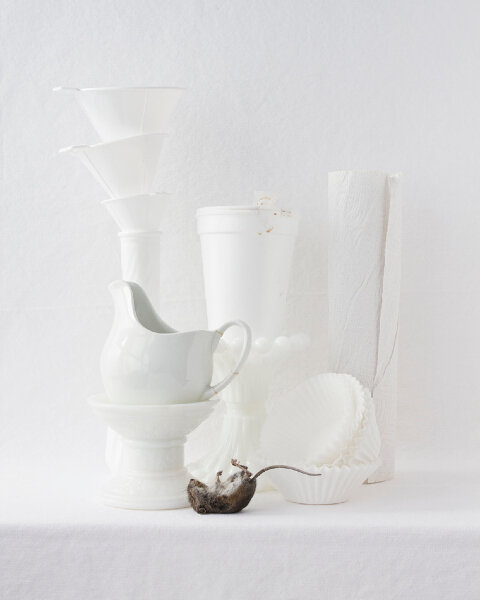
This is Kimberly Witham’s first exhibit at the gallery and includes color images from several series: On Ripeness and Rot, Wunderkammer, and Suburban Ossuary. There is a purity, elegance, and refinement to each image—at first glance, we are seduced by the richness of color, light, and texture. We are tempted and lured, if you will, to spend more time looking, ultimately seduced to catalog and experience the richly described objects.
In each image there is a celebration of beauty—saturated color, engaging compositions redolent of historical reference to still lives from painting of the 16th and 17th centuries, through the detailed presence of the objects seen so specifically. We are enticed by the beautiful and become mindful of the inevitability of death.
Witham’s still lives are comprised of things she has gathered from her surroundings: flowers and vegetables from her garden, varied China and glassware from personal collections—and her creatures fondly referred to as “road kill.” While driving to and from work, she began to notice the abundance of road kill and began to think about our relationship to nature and how it changes when animals cross into our spaces. Keeping a “collection kit” in the trunk of her car, she gathers her specimens when sighted and uses them in the compositions. Once photographed, each bird or animal is buried. Witham lives and teaches in New Jersey. She is currently studying to become a licensed taxidermist.
Ovid’s Girls
Micro: Small - Scaled Works
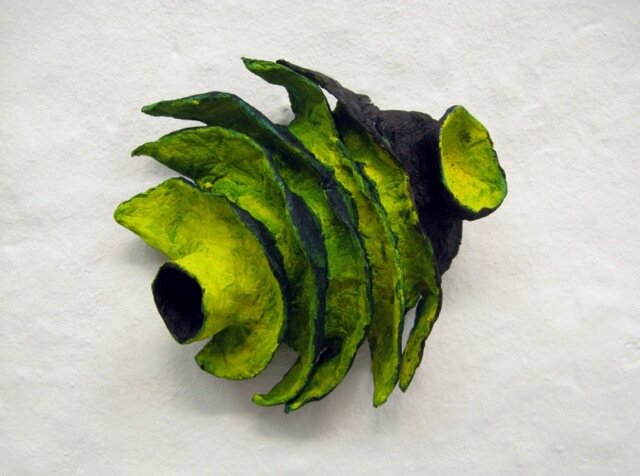
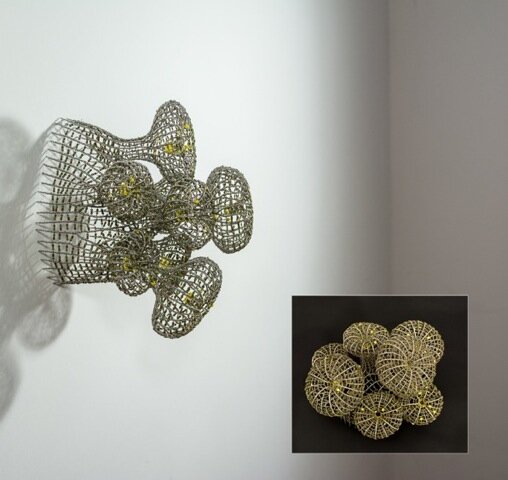
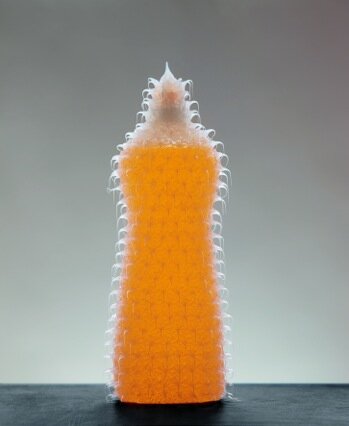
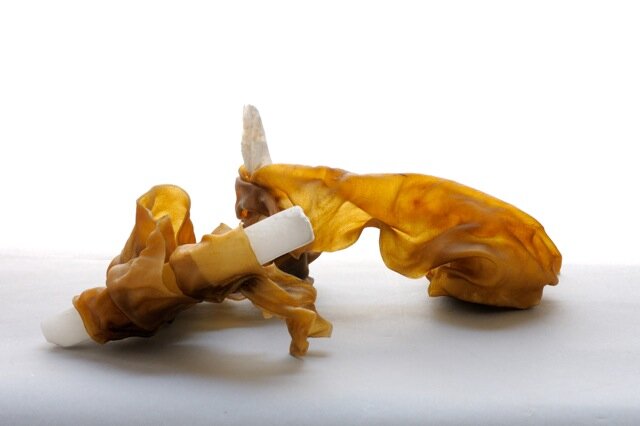
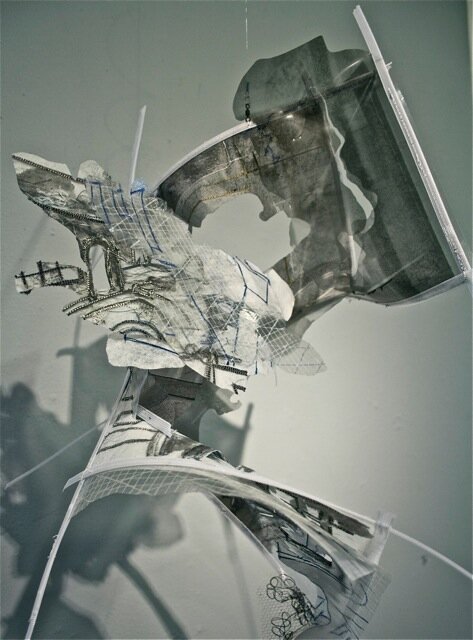
Ovid’s Girls—Boston/Berlin—Micro is a companion exhibit to Ovid’s Girls—Overlaps and Undercurrents—Boston/Berlin showing at Boston Sculptors Gallery (June 25 - August 3, 2014).
The exhibit, curated by Anette Schwarz from Germany, highlights parallels and relationship in the artwork, creating a cross-continent dialogue of ideas, materials, and conceptual approaches. These artists explore how a surface can reveal and conceal. Materials are not simply a vehicle, but also provide meaning. Often the artists use flexible, translucent, and unassuming media like wire, wax, cloth, paper, and rubber. Surface, structure, and form reflect a shared language as well as the unique touch of each artist in a visual conversation.
